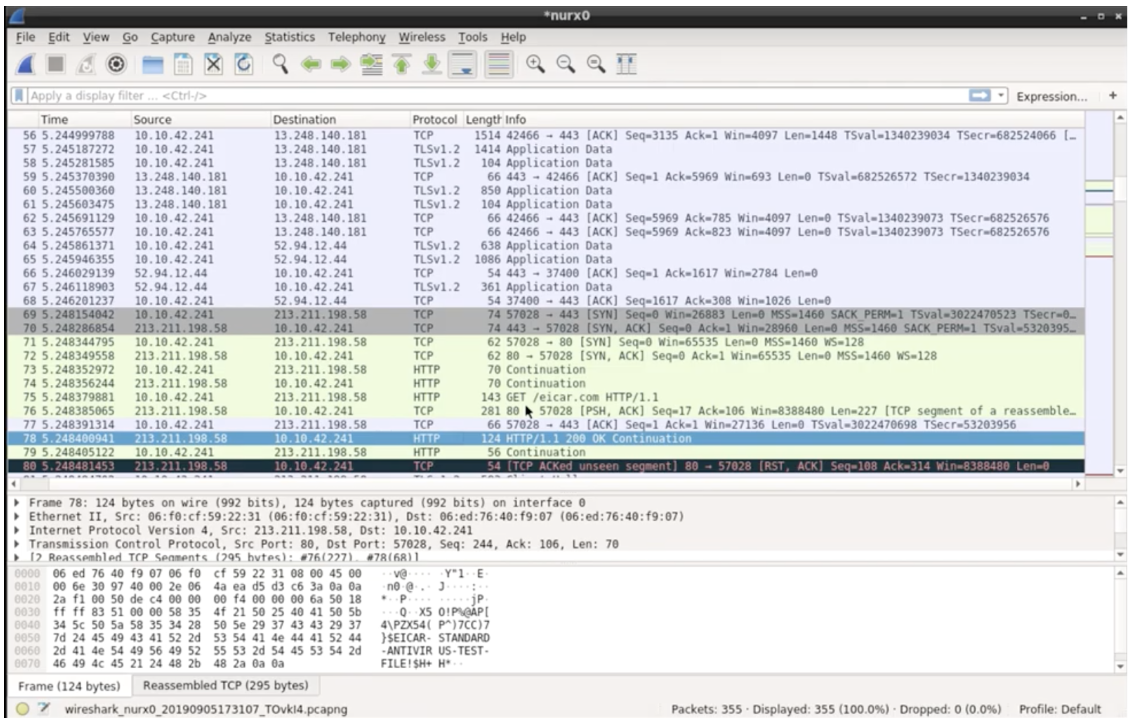
You can also follow along by downloading th. the resulting plaintext is correct), but BCrypt returns STATUS_AUTH_TAG_MISMATCH). NOTE: Jump to 24:17 if you are only interested in the Wireshark capture and SSL decryption technical explanation. The authenticated data format used in the AEAD ciphers changed in draft 25 and this is reflected in the diagnostic information shown in Message Analyzer (decryption works Between them, they cover both HTTP/1.1 and HTTP2 as application protocols and include an example of “early data” (needed for 0-RTT https) – both can be fully decrypted/decoded and the routing to the correct application layer protocol works too.

I want to decrypt the traffic on my supplicant (peer). However, the SSL tab of Wireshark supports only RSA Keys for now. Then select either a new or existing VPC. Within your cloud subscription, a user can select the region he or she would like. As TLSv1.3 mandates, all the certificates used are Elliptic curve ( secp256-r1 ). Our demo video provides you with a simple way to complete the process to launch Wireshark. I am authenticating to my radius server using EAP-TLS v1.3 protocol. “endpoints” and “dispatch” statements (wrapped as function delegates) are passed around as parameters.įor testing purposes, I used two capture files (and their associated key log files) from the site – one using draft 26 and one using draft 23 of TLSġ.3. Decrypt EAP-TLS 1.3 traffic using Wireshark.
WIRESHARK DECRYPT TLS 1.3 CODE
Understanding the message routing is quite difficult – code in several OPN files is involved (TCP.opn, TLSOverTCPActor.opn, TLS.opn, DecodingUtility.opn) and both OPN Within Message Analyzer of the application data). It also makes it easier to extract essential information that is newly encrypted in TLS 1.3, such as Application-Layer Protocol Negotiation (ALPN) data (needed for correct routing The new routing means that all handshakes (even encrypted handshakes), such as encrypted_extensions (and indeed the server certificate – which is encrypted in TLS 1.3),Ĭan be examined (in decrypted form) in Message Analyzer (as can TLS alerts). The new routing follows the path TCP -> TLS -> TLS again (if there are now some previous encrypted handshake/alert messages available in plaintext) -> TCP -> application protocol (e.g. Messages sent in plain text and the decrypted application data. HTTP or HTTP2) one side effect of this is that some TLS handshake/alert messages are never visible in decrypted form – one only sees the TLS handshake For TLS directly over TCP, the original Microsoft OPN filesĭispatch the message from TCP to TLS then back to TCP and finally on to the end/application protocol (e.g. The biggest conceptual change that I made was to the routing of messages through the Message Analyzer stack. Various type definitions need to be extended and some new types introduced (for handshakes like encrypted_extensions and extensions like supported_versions). Key Derivation Function (HKDF) and DecryptData needs to support the new formats for the AEAD Nonce and AuthData. ComputeKeys needs to support the HMAC-based Extract-and-Expand The two “handcoded”/external routines used by TLS.opn (DecryptData and ComputeKeys) both need extension.

Support for decrypting TLS 1.3 connections in Wireshark has been present for some time and Message Analyzer, with some modification of its TLS OPN, can do it too.


 0 kommentar(er)
0 kommentar(er)
